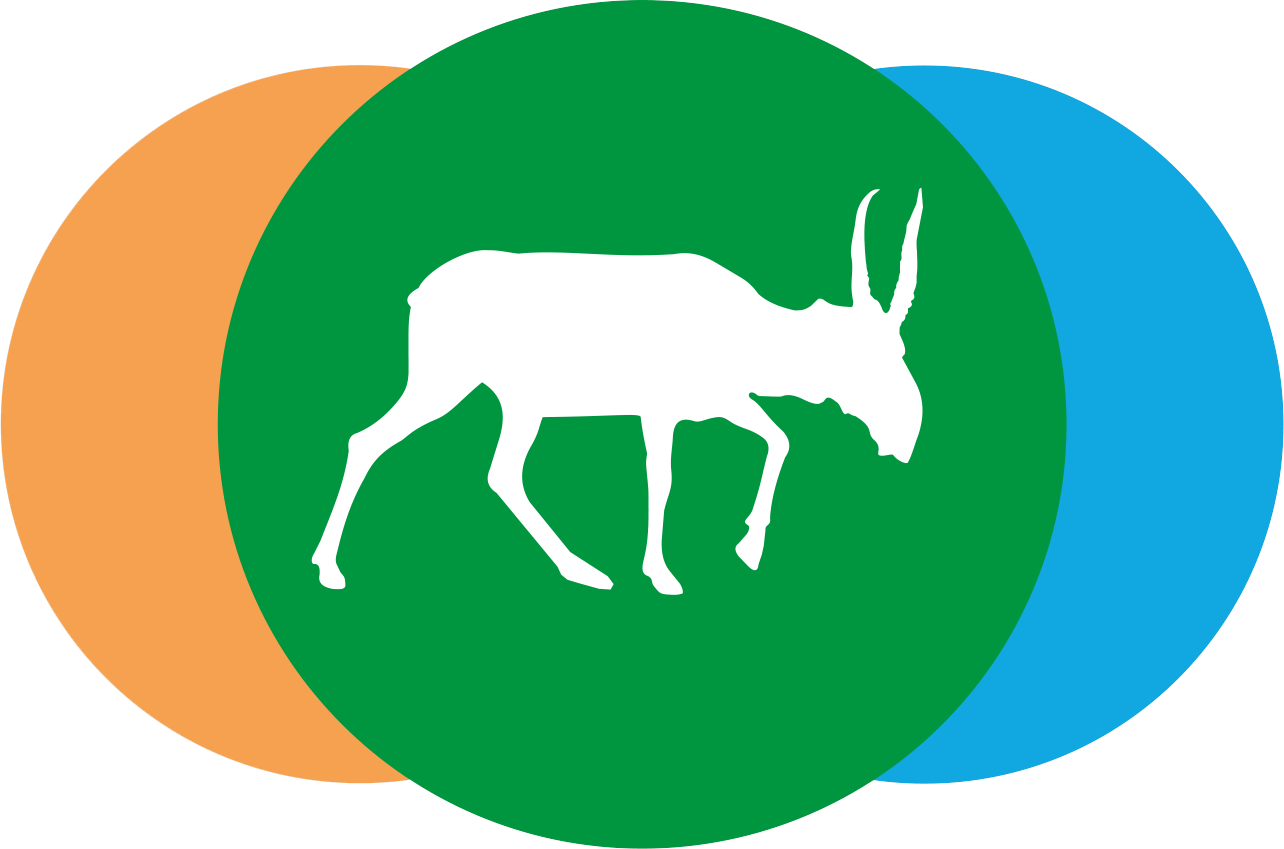Authors: Dmitry Malakhov – 1, Evgenya Senyak – 2
1 – Institute of Zoology MS RK, Almaty, Republic of Kazakhstan
2 – Association for the Conservation of Biodiversity of Kazakhstan, Almaty, Kazakhstan
Aims: To evaluate the condition of natural pastures within the protected area of Upper Koksu Wildlife Sanctuary (UKWS) and to provide recommendations on sustainable management of natural resources of the area.
![]() To download full version of article in PDF format – open in new tab
To download full version of article in PDF format – open in new tab
Location: UKWS is located in Jungar Alatau Mountains (South-Easter Kazakhstan) under approximately E 79° 30′ and N 44° 45′. The area of the UKWS is about 240 000 ha. Approxi- mately 30 000 ha of the total area is designated as livestock pas- tures. UKWS was created to protect endemic amphibian Ranodon sibiricus Kessler, 1866. Other subjects of protection are Ursus arc- tos issabellinus, Uncia uncial Schreber, Bubo bubo L., Aegypius monachus L. and a variety of rare and endangered plant species (Pinaceae, Rosaceae, Liliaceae, etc).
Methods: Ground measurements of 2021 were conducted at more than 80 sampling points, encompassing major pasture types in the basin of Koksu River. Ground measurements included the measure of NDVI with handheld sensor Trimble Greenseeker, the measuring of the biomass, calculated by a weighting of cut plants at each sampling point, the estimation of grass cover, and the content of unpalatable species along with the detailed descrip- tion of plant communities. Satellite data of Landsat-8 and Sen- tinel -2 (high-resolution optical sensors), synchronous to ground measurements were processed to calculate a series of vegetation indices.
Results: The intense degradation of natural pastures is obvi- ous if consider two parameters: the seasonal biomass dynamics and the unpalatable species content. Biomass falls drastically in the middle of summer when, normally, it should reach its peak values. The content of unpalatable grass may reach 50-70% of the total biomass. Some indices (like DWSI, IRECI, GreenNDVI, OSAVI) demonstrating relatively high correlations to ground data (r-value varies as 0.68-0.94) were selected to produce a series of maps depicting the distribution of biomass, grass cover, and unpalatable species content within grazing areas.
Conclusions: This work is a part of a continuous project de- voted to the assessment of the UKWS ecosystem stability con- cerning Ranodon sibiricus wellbeing. After additional study dur- ing 2022, the results of this particular work will provide the basis for further activity aimed at regulating or prohibiting livestock grazing within the UKWS area.
